A typical US residential electrical feed consists of two 110V anti-phase "hot" wires and a neutral return wire. This allows for the use of 110V or 220V appliances, and also allows 110V appliances whose total draw is 400A to be fed using three wires that are individually only rated for 200A [as opposed to needing two 200A hot wires and two 200A return wires, or 400A hot and return wires].
If a device designed to run off 220-240V is installed in such a residence, its two power leads will not be connected to hot and neutral, but will instead to the two anti-phase "hot" wires. Disconnecting only one of the wires (it doesn't matter which one) would leave the device sitting at the potential of the other. Ouch. Consequently, it is important to ensure that any time power is cut to either side of a device, it is cut to both.
For devices which will only be used with a ~230V hot and a neutral, rather than a pair of hot wires, disconnecting only the hot wire would be cheaper than disconnecting both wires. Many devices, however, are designed to be usable in countries with a variety of electrical systems, and equipping all devices with a double disconnect may be simpler and cheaper than using a single disconnect for h+n installations and a double disconnect for h+h installations.
